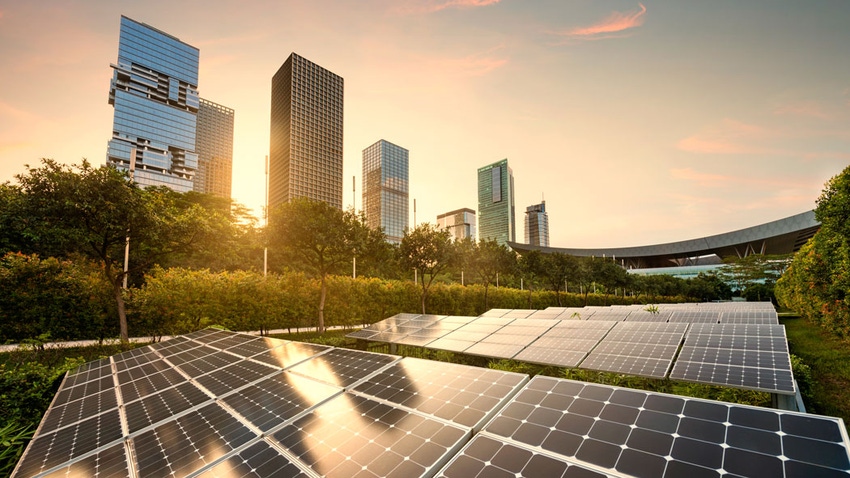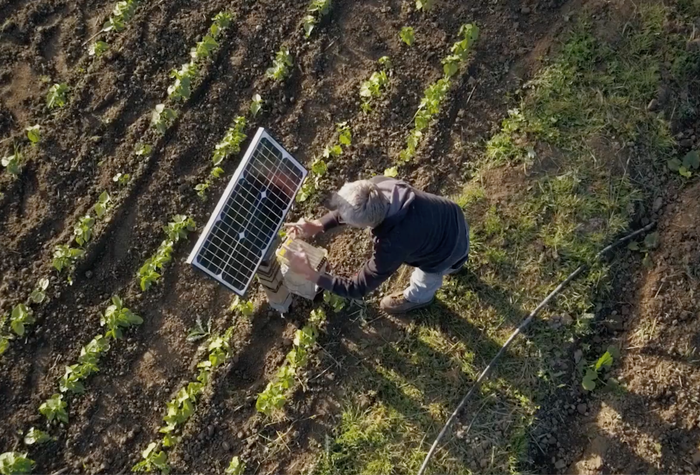Earth Intelligence: How AI Holds a Key To Sustainability
August 21, 2018

By Nav Dhunay
Mother Earth needs a break. From rainforest destruction to climate change to ocean acidification to air and water pollution, modern environmental threats are as numerous as they are serious. Yet with the clock ticking, humanity isn't close to truly solving even one of these problems, yet alone to dealing with them all comprehensively and effectively.
The problem isn’t simply a lack of care; governments, organizations, and individuals across the globe are working hard to make impactful changes. And it's also not that we don’t have the technology. Many devices and methods exist that could dramatically reduce if not eliminate our contributions to these environmental threats if we could adopt them on a large enough scale. Until we can do that, their benefits will be almost entirely theoretical.
Artificial intelligence may hold the key to finally enacting our sustainable aspirations. By gathering data on a large scale and using AI applications to interpret it, we can identify the most effective solution or set of solutions to each environmental issue. We can then apply those solutions strategically in order to deliver the most substantial, enduring improvements.
To better understand how AI can play a key role in sustainability, consider its potential to...
1.) Enhance green energy
One of the most powerful examples of the limits of modern environmentalism is the push for green energy. In order to combat climate change and various forms of pollution, we need to shift to solar, wind, nuclear, and geothermal sources of energy. But while the technology already exists to get a large portion of our energy from these sources, businesses and utilities have trouble incorporating them into their everyday operations. Each generation method is suited to organizations in different locations and with distinct energy use needs. Figuring out which solution will deliver the desired result takes considerable time and effort, and has a high potential for error.
AI applications can determine how to apply green energy far more quickly and effectively than human planners can. Organizations can feed that energy use data to an AI application which can then compare these patterns to every available source of sustainable energy, identifying the one that is best able to meet the organization’s needs while generating as little additional cost as possible. AI can also identify potential roadblocks in the adoption process, so organizations can prepare for and minimize those issues
Besides helping individual organizations adopt green energy more efficiently, AI can assist energy providers in making their operations more sustainable. Grids must carefully monitor the energy supply and ensure there is enough to meet demand at all time. This is difficult to do with sustainable sources like wind and solar, which have less consistency in their supply. AI can be applied to identify the best possible mix of sources, maximizing the use of sustainable energy without depriving the grid of the power it requires to meet demand.

Related - Data Farming: Building Precision Agriculture With AI, IIoT, and Microsoft FarmBeats
2. Track wildlife patterns
In addition to pollution and climate change, humanity is having a profound effect on wildlife populations and ecosystems. The more land we use, the less is available for plants and animals that play a critical role in local and regional environments.
While local governments and private initiatives attempt to limit these threats, understanding what specific resources and areas need to be reserved for each wildlife population is key to protecting ecosystems effectively. Artificial intelligence has the potential to solve this problem. By analyzing extensive data on wildlife feeding and migration patterns, AI applications can provide intelligence on what areas must be preserved in order to keep the ecosystem in check. In this way, we can ensure wildlife retain sustainable habitats while still making maximum use of the land.
3. Manage limited resources
Humanity risks overusing a host of precious, finite resources, including:
Water - From the Middle East to Northern China to the American Southwest, many highly populated areas have limited access to water. AI can be tasked to evaluate water resources in each region and determine which ones can most reliably serve local communities. They can also analyze how communities use water, identifying opportunities to cut waste and reduce total consumption.
Arable land - Not all land is suitable for agriculture, and what is available often becomes infertile if over farmed. AI can be tasked to identify the optimal fertilizers, crop rotation schedules, and irrigation methods in order to keep arable land healthy and productive.
So, while AI doesn't present a miracle cure, its ability to process enormous troves of data from numerous sources and decipher a set of actions able to deliver desired effects, is highly significant. As the technology continues to evolve, AI is set to become increasingly creative, able to recognize and demonstrate value in new and previously untried solutions.

Nav is a Canadian tech entrepreneur and investor. He is the co-founder CEO of Imaginea Ai, a platform that democratizes artificial intelligence (AI) and puts it in the hands of every organization across the globe.
About the Author(s)
You May Also Like


.jpg?width=700&auto=webp&quality=80&disable=upscale)
.jpg?width=700&auto=webp&quality=80&disable=upscale)
.jpg?width=700&auto=webp&quality=80&disable=upscale)


.jpg?width=300&auto=webp&quality=80&disable=upscale)

.jpg?width=300&auto=webp&quality=80&disable=upscale)